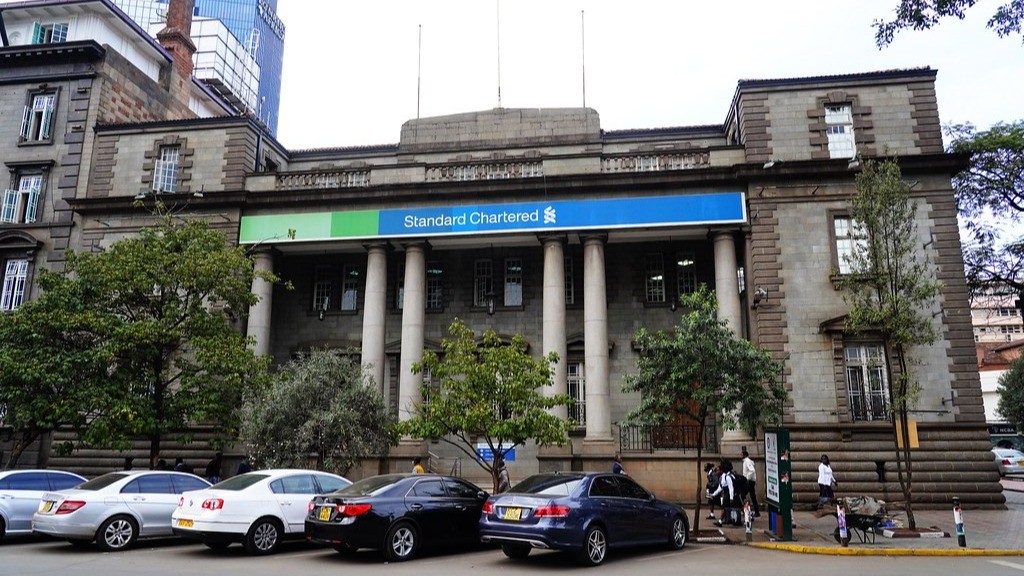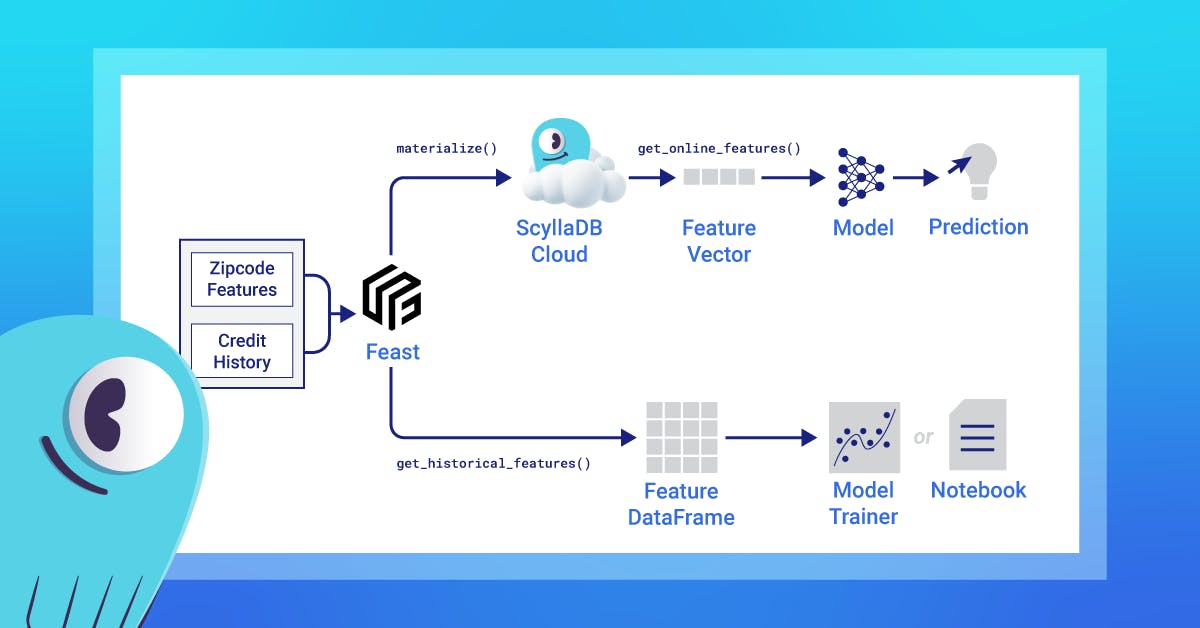In Kenya, accessing your financial history still comes at a premium. Despite years of digitisation, printing a copy of your bank statement can feel like begging to see your own birth certificate.
Retrieving a printed or certified version of your bank transactions, required for loan, visa, or tenancy applications, can cost as much as $15.48 (KES 2,000) per page, depending on the financial institution. Sometimes, customers could pay over $154.8 (KES 20,000) to furnish six months’ worth of banking history. That’s more than the minimum monthly wage in urban Kenya.
It shouldn’t cost this much, not in a system where nearly every bank issues monthly e-statements, financial inclusion is routinely praised, and digital payments are among the most advanced on the continent.
Most banks provide electronic statements for free via email or their banking app. But once a physical printout or stamp is needed — as is often required by lenders, landlords, and embassies — the process becomes costly.
At Standard Chartered, printing costs stand at $1.93 (KES 250) per page. Stanbic Bank charges $4.34 (KES 560) for statements older than one year. At KCB, the largest bank by assets, a statement older than five years will set you back $15.48 (KES 2,000) per page. Even recent records, less than two years old, cost $2.48 (KES 320) per page.
Absa Bank applies a flat rate of $4.57 (KES 590) per page. DTB charges $0.77 (KES 100) per page for current-year statements. Co-operative Bank, Kenya’s third largest by customer base, charges between $0.77 (KES 100) and $8 (KES 1,000) per page, depending on the age of the record. Equity Bank, whose brand is built on mass-market access, charges $1.16 (KES 150) per page. At I&M Bank, the cost ranges from $3.36 (KES 434) to nearly $8 (KES 1,000).
At NCBA, statements from the current period cost $0.81 (KES 105) per page, while those older than two years are charged $1.63 (KES 210) per page. Certification of e-statements is free for the first 10 pages, after which customers pay $0.93 (KES 50) per page, capped at a maximum of $15.48 (KES 2,000).
Who gets hurt?
Stacked up, these fees are akin to a silent penalty on anyone trying to prove their financial standing, whether for a loan, a visa, or a new apartment. For many working Kenyans, especially those without access to corporate banking perks, paying for a simple paper trail is more than an annoyance. It could be out of reach.
Banks defend the fees as necessary to cover operational costs. A senior executive at one of Kenya’s top banks told , on condition of anonymity, that the charges reflect the “real effort” required to retrieve and verify statements—particularly older ones — though offered few specifics. Historical records, he said, are always a click away, and bank staff have to review them manually.
But users argue that these explanations no longer hold up.
“I don’t think banks’ charges on statements make any sense with all this technology flying around,” says a consulting engineer in Nairobi, who requested not to be named. “I applied for a loan at National Bank, and they asked for six months of statements. That came to 60 pages. Stanchart, which I bank with, charges KES 250 per page, which is KES 15,000, to access my records. How is that fair?”
Lower- and middle-income customers bear the brunt of these costs, and they are the least likely to access digital credit and are most dependent on physical paperwork to navigate Kenya’s formal economy. Ironically, these same customers are the subject of Kenya’s celebrated financial inclusion story.
Kenya’s banking sector has transformed in the past two decades. Mobile money penetration stands at over 70%, and the country has one of the most digitised financial ecosystems on the continent. Yet, something as basic as proof of income is still locked behind banking counters.
A case for open banking
The exorbitant cost of accessing your bank history in Kenya raises a crucial question: why do customers need to print statements?
In open banking systems like the UK, India, or Singapore, regulations allow customers to share their financial data across institutions via secure APIs. If a customer wants a loan, a bank can plug into their current account data (with permission) and assess creditworthiness in real time, with no paper trail required.
With open banking apps, users in the UK can switch banks, manage budgets, and access credit more efficiently. In India, the Account Aggregator system allows users to securely share banking, insurance, tax, and investment information with lenders and fintechs. Such systems, where financial data belongs to the customer, not the bank, can reduce paperwork, improve credit access, and force banks to compete on service, not secrecy.
The Central Bank of Kenya (CBK) has shown a measured but clear interest in open banking. In its 2021–2025 payments strategy, released just before the pandemic’s second wave, the regulator flagged APIs and data-sharing as priorities for modernising the country’s payment systems.
In multiple banking sector surveys by the CBK, 8% and 21% of banks and microfinance banks identified APIs and open banking as priority areas for regulatory focus. The findings signal growing interest in data-sharing frameworks across the sector.
Kenya’s fintech ecosystem, led by mobile lenders, savings apps, and neobanks, has alternative data models, but traditional banks are still lagging. The future of banking is open, portable, and frictionless. When retrieving your transaction history becomes more expensive than a month’s grocery bill, something is wrong.
Mark your calendars! Moonshot by is back in Lagos on October 15–16! Join Africa’s top founders, creatives & tech leaders for 2 days of keynotes, mixers & future-forward ideas. Early bird tickets now 20% off—don’t snooze! moonshot..com










